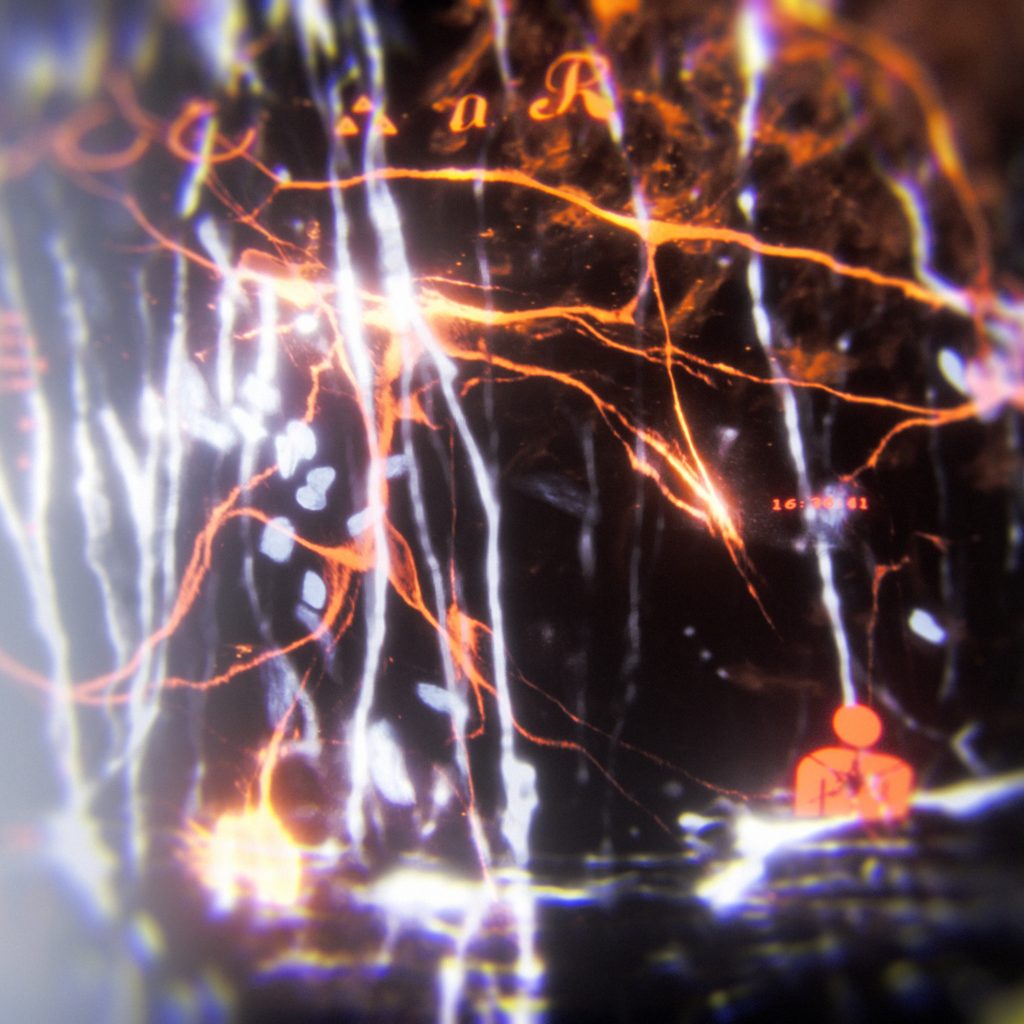When planning for my microteach for the PG Cert, I wanted to create an activity that reflected one of my core interests : the use of video games technologies within a Fine Art context. For the task I decided to introduce my students to the simple game engine ‘Twine’ and demonstrate it’s basic functions.
After the session I received some wonderful feedback from my colleagues/students, however I was well aware that I had over-scoped the session, potentially leading to an unsatisfying experience for my participants. In this post I’ll explore three categories of concern for teaching with this kind of technology.
Context
Context has defining role to play when teaching with technology. Positioning alters the meaning of technology, it’s usage and social implications. Working with video games technologies within a Fine Art context, removes the tools from their common usages and creates exciting new areas of praxis. It’s worth mentioning that this can also be an opportunity to provoke critical engagement with the nefarious practices of the companies and platforms that distribute them.
In a more literal sense, my workshops at Camberwell are situated within the Fine Art department, meaning the use of these technologies might be considered immediately out of place. Some students are initially confused by the introduction of these tools to their learning – recently I had an ex game design student say to me ‘I’ve done all this before so do I still need to attend the workshops?’. To which I would argue that teaching these technologies within a Fine Art context is completely different to the pedagogical methods employed on a game design course. We are instead looking at how to produce artworks or perhaps automate the process of artwork creation, which might not necessarily mean needing to learn a single line of code, nor mastering the individual skill sets required to fit into a game development team as one would in industry.
In the context of the PG Cert microteaching activity, I failed to factor in that several of my students may not have had any exposure to these technologies. I adapted the microteach from a workshop that I would consider ‘entry level’ for Computational Arts students but perhaps not for students coming from non-technological backgrounds.
Accessibility
Games technology has become more widely available to work with for artists as licencing for games engines has evolved alongside the introduction of more visual scripting languages and powerful free use tools. Whilst many coding purists might frown on visual scripting’s legitimacy, I believe it to be an incredible access point for those that are more inclined towards visual ways of learning. Artists tend to fall into this category. ‘Twine’, seemed like the perfect engine to teach on account of it’s simplicity and ability to display visual and traditional code layouts simultaneously. It also produces applications that are something akin to a website, meaning they can be displayed in any browser and played by anyone, regardless of their, or their computer’s ability. This was one of the successful aspects of the Microteaching activity as I believe all of the students were able to download and operate a template document that I had pre-prepared for them.
Most artists will start their career without a team, (the game development world equivalent term being ‘solo dev’) however the learning curve may be protracted for these kinds of technologies. The entry point for my workshops might assume that the students are studying within a technological pathway on the Fine Art Course (Computational Arts) however it is important that I still create an access point for all ability levels.
Scope
Over the course of my career as an art tech, I’ve found over-scoping to be commonplace in art/tech environments in both the private and public sectors. But it does have an interesting dynamic in the Fine Arts specifically. I think there is potentially a greater risk for scope creep outside of the design disciplines for reasons echoed in the first section of this post. The context of art and criticality, generates a space for less tangible concepts and this can quickly become antagonistic to technological planning and execution. This is why it is important to provide clear ways for students to develop technical workflows as a part of their practices. To aid this I’ve developed a visual workflow chart for teaching that echoes visual coding and illustrates various workflows and pathways available to them, that they might navigate in creating various artistic outputs. I’ll post examples here soon.
And finally on scoping my own microteach, I believe I did indeed over-scope my lesson! Perhaps because I was excited to dive in to the tech before I had a clear understanding of what participants might be able to absorb within the short 20 minutes that we were given. I hope to continue to develop broader strategies for scoping my teaching subjects and to ensure that I don’t underestimate my own ability to overcomplicate introductory technological subjects.

Leave a Reply